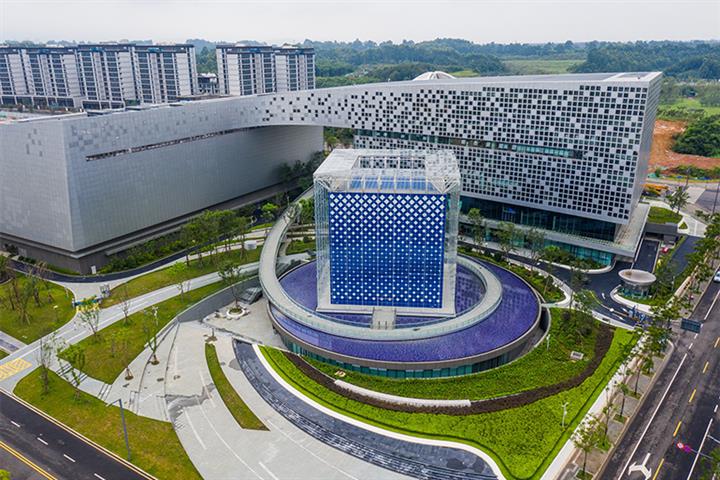 China Gives Go-Ahead for Eight Computing Hubs, Mainly in Country’s West
China Gives Go-Ahead for Eight Computing Hubs, Mainly in Country’s West(Yicai Global) Feb. 18 -- China’s state planner has approved the construction of eight computing hubs across the country to more effectively improve the nation’s computing power and promote the coordinated development of regional economies.
Five of the centers will be located in the west of China, one each in the Chengdu-Chongqing region, the provinces of Gansu and Guizhou, the Inner Mongolia Autonomous Region, and the Ningxia Hui Autonomous Region, according to the approval document the National Development and Reform Commission posted on its website yesterday.
In the east of the country, there will be three in the Beijing-Tianjin-Hebei region, the Yangtze River Delta and the Guangdong-Hong Kong-Macao Greater Bay Area.
Annual investment in the projects will exceed CNY400 billion (USD63.3 billion) in the next five years, a CCTV report estimated.
The large-scale development of data centers in the eastern part of China is unsustainable due to the growing shortage of land and energy resources, the NDRC’s website quoted the person in charge of its high-tech department as saying. Building computing hubs and data centers in western regions can meet the computing demand from eastern regions and make resource use more efficient, he added.
“Building computing hubs and data center clusters will effectively drive upstream and downstream investment in the industry,” the official said. “It will help data flow and value transfer in the east and west, and promote a new pattern of development in the west while expanding the development space in the east.”
The launch of this major project signals that China’s digital economy has embarked on a fast track of integrated development, He Renlong, chief expert of the Shanghai Academy of Next Generation Information and Communications Technology, told Yicai Global.
“The computing power network formed by national big data centers is the ‘highway’ of the digital economy era,” He noted.
Digitalization has accelerated the growth and agglomeration of emerging industries, and also provided opportunities for some underdeveloped provinces to catch up, Liu Xielin, director of the China Innovation and Entrepreneurship Management Research Center at the University of Chinese Academy of Sciences, told Yicai Global.
China’s data centers have 5 million standard racks, and its computing power has reached 130 exa-floating-point operations per second, which is still growing rapidly at a rate of more than 20 percent per year, the NDRC official revealed.
Editors: Tang Shihua, Peter Thomas